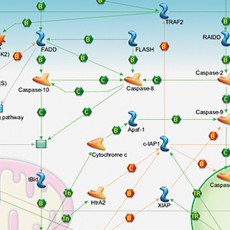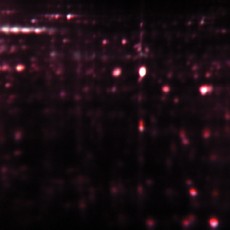Bioradiations.com, the online technical resource for Bio-Rad customers, has been offering a variety of research tips and protocols, customer stories and testimonials, and in-depth technical reports throughout the year. Here are the highlights of what we presented in the year 2012.

Ligand Immobilization in Protein Interaction Studies — An Unattended Amine Coupling Protocol with Automatic Coinjection Activation

Analyzing Binding Kinetics with Surface Plasmon Resonance Complemented with Direct Mass Spectrometry on the Same Sensor Chip

PrimePCR™ Pathway Analysis: Pathway Curation and Real-Time PCR Panel Design Strategy

TGX Stain-Free™ Precast Gels Facilitate LDL Research on Potential New Drug Targets

PrimePCR™ Assays: Meeting the MIQE Guidelines by Full Wet-Lab Validation

High Sensitivity of Bio-Plex® Multiplex System is Key in Study for Novel Melanoma Therapeutics

Droplet Digital PCR Opens New Perspectives in HIV Research

Novel V3 Western Workflow™ Revolutionizes Protein Research

Multiplex Analysis of Inflammatory Markers Using Bio-Plex Pro™ Human Th17 Cytokine Assays

Novel HRM Assays Expedite Drug Resistance Surveillance for Leprosy Research

Third Generation PCR

Around the World with the ChemiDoc™ MP Imaging System

Application of Hexapeptide Libraries for Enhanced Protein Detection in Human Cellular Lysates

Transitioning from Chemiluminescent to Multiplex Fluorescent Blotting: Things to Consider

Highly Efficient Lipoparticle Capture and SPR Binding Kinetics of a Membrane Protein Using the ProteOn™ XPR36 Protein Interaction Array System

